Low Testosterone Treatment Options
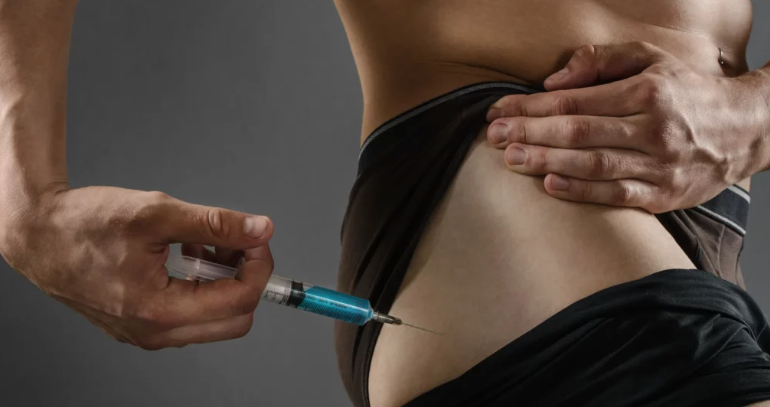
Addressing Low Testosterone Naturally
Testosterone, the primary male sex hormone, plays a critical role in muscle development, sex drive, energy levels, mood, and overall well-being. While a natural decline in testosterone is expected with age, factors like obesity, chronic health conditions, and lifestyle habits can accelerate this decline, leading to low testosterone levels (hypogonadism). Fortunately, several natural strategies can support healthy testosterone production and improve quality of life.pen_spark
The Importance of Weight Management
Excess body fat disrupts hormonal balance, including the conversion of testosterone into estrogen. If you are overweight or obese, prioritizing weight loss is a powerful step towards boosting testosterone. Focus on a balanced diet rich in whole foods, including plenty of vegetables, fruits, lean protein, and healthy fats. Combine this with regular exercise, including both cardio for fat burning and strength training to build muscle mass.
Strength Training: Your Testosterone Ally
Resistance training is a potent tool for increasing testosterone production. Focus on compound exercises that work multiple muscle groups, such as squats, deadlifts, bench presses, and pull-ups. Aim for 3-4 strength training sessions per week, with progressive overload to challenge your muscles and encourage growth.
The Power of Stress Management and Sleep
Chronic stress elevates cortisol levels, which can interfere with testosterone production. Finding healthy stress-management techniques is essential. Yoga, meditation, deep breathing exercises, or spending time in nature can be incredibly effective. Additionally, adequate sleep is crucial for hormone balance. Aim for 7-8 hours of quality, uninterrupted sleep each night.
Nutritional Strategies for Optimal Testosterone
Ensure your diet provides essential nutrients for healthy testosterone production:
- Zinc: This mineral is vital for testosterone synthesis. Good sources include oysters, red meat, poultry, beans, and nuts.
- Magnesium: Involved in numerous bodily processes, including hormone regulation, magnesium can be found in leafy greens, nuts, seeds, and whole grains.
- Vitamin D: Most commonly obtained through sunlight exposure, vitamin D plays a role in testosterone levels. If you have limited sun exposure, a supplement may be beneficial.
- Healthy Fats: Your body needs fats to produce hormones. Focus on sources like fatty fish (salmon, tuna), avocados, olive oil, and nuts.
Supplements: Proceed with Caution
While specific supplements may help, always consult your doctor for personalized advice. Here’s a look at some options:
- Vitamin D: Supplementation might be necessary if your levels are low.
- Zinc: Beneficial if you have a dietary deficiency.
- DHEA: This hormone precursor can sometimes boost testosterone, but medical supervision is important.
Lifestyle Habits Matter
Limiting alcohol intake and quitting smoking are crucial. Both substances harm overall health and can disrupt testosterone levels.
Medical Testosterone Replacement Therapy options
When natural methods don’t sufficiently improve testosterone levels, your doctor may recommend Testosterone Replacement Therapy (TRT). This involves administering supplemental testosterone to restore your levels to a healthy range. It’s essential to understand the different forms of TRT, as well as potential benefits and risks.
Testosterone Gels (Transdermal)
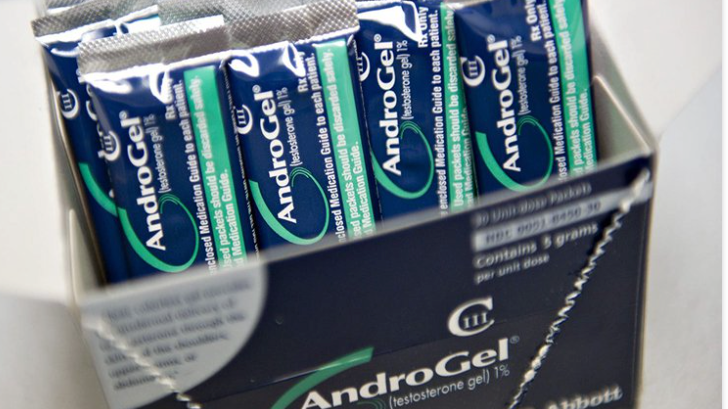
- How it works: Applied daily to the skin, providing a gradual release of testosterone.
- Pros: Easy to apply, non-invasive, good for men who prefer daily dosing.
- Cons: Potential for skin irritation, the risk of transference to others.
- Indicative Cost: $50 – $200 per month depending on brand and dosage.
Testosterone Injections (Intramuscular)
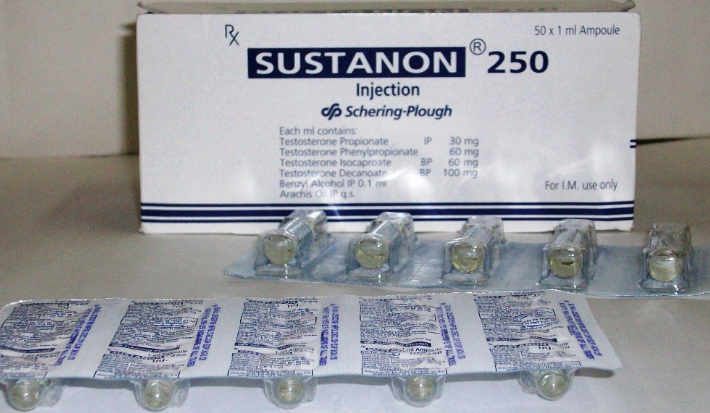
- How it works: Injections are given directly into a muscle, offering a range of dosing frequencies depending on the type of testosterone ester used.
- Pros: Effective, can provide stable levels, various ester options.
- Cons: Requires injections, possible fluctuations in testosterone levels, potential discomfort at the injection site.
- Indicative Cost: $40 – $150 per month (plus potential office visit fees).
- Common Testosterone Esters:
- Testosterone Cypionate
- Testosterone Enanthate
- Testosterone Propionate
- Testosterone Sustanon 250
- Testosterone Undecanoate
Testosterone Patches (Transdermal)
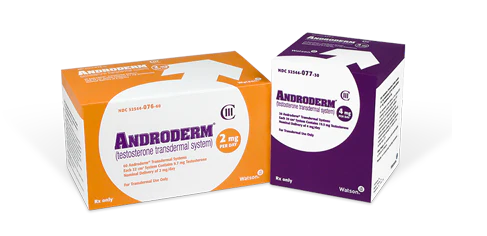
- How it works: Worn on the skin, replaced daily, providing continuous release.
- Pros: Non-invasive, avoids the peaks and troughs of injections.
- Cons: Potential for skin irritation, patch might fall off, less dosage flexibility.
- Indicative Cost: $100 – $300 per month.
Testosterone Pellets
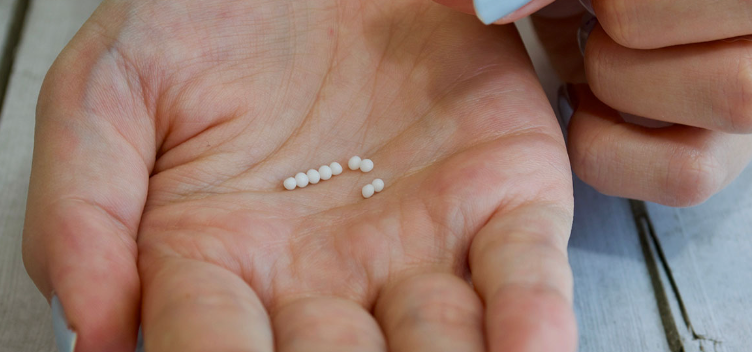
- How it works: Small pellets implanted under the skin release testosterone over 3-6 months.
- Pros: Very convenient, steady levels.
- Cons: Minor surgical procedure, can be more expensive, and dosage adjustments may be less flexible.
- Indicative Cost: $400 – $800 per insertion procedure (typically every 3-6 months).
Oral Testosterone
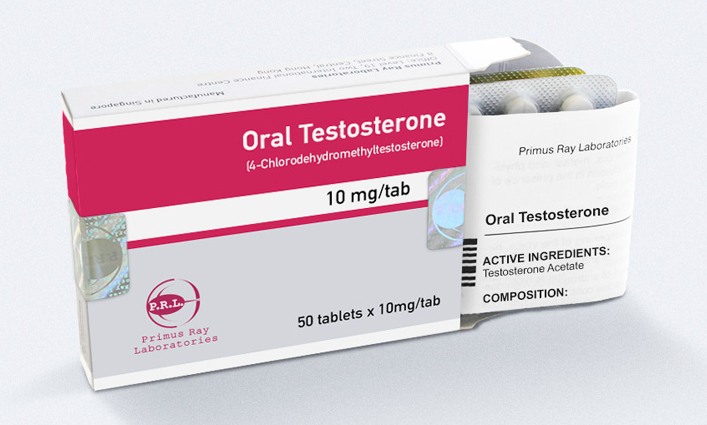
- How it works: Taken as a pill or capsule.
- Pros: Convenience of oral administration.
- Cons: Potential for liver toxicity, less effective compared to other methods.
- Indicative Cost: $20 – $50 per month.
Other medical treatments alongside TRT
Aromatase Inhibitors (AIs):
- Examples: Anastrozole (Arimidex), Exemestane (Aromasin)
- Purpose: AIs block the aromatase enzyme, which converts testosterone into estrogen. Men on TRT may experience increased estrogen levels, leading to side effects like water retention, gynecomastia (breast tissue development), and mood changes. Als help control estrogen levels.
- Important Considerations: Overuse of Als can crash estrogen too low, which has its own negative consequences for mood, sexual function, and bone health. Careful monitoring and dosage adjustments are essential.
Selective Estrogen Receptor Modulators (SERMs):
- Examples: Tamoxifen (Nolvadex), Clomiphene Citrate (Clomid)
- Purpose: SERMs act selectively on estrogen receptors, blocking estrogen’s action in some tissues (like the breast) while having estrogen-like effects in others (like bone). They’re sometimes used with TRT to help prevent gynecomastia, or as an alternative approach to stimulating the body’s own testosterone production.
- Important Considerations: SERMs have their own potential side effects, including vision changes, hot flashes, and possible impacts on fertility.
Growth Hormone (HGH) or Growth Hormone Secretagogues:
- Examples: HGH, Ipamorelin, CJC-1295
- Purpose: Some men use these substances along with TRT for potential anti-aging effects, increased muscle mass, or fat loss.
- Important Considerations: HGH and similar substances are highly controversial. They carry significant risks including heart problems, joint issues, increased cancer risk, and can be very expensive. They should never be used without strict medical supervision.
HCG (Human Chorionic Gonadotropin)
- What it is: HCG is a hormone that mimics the action of Luteinizing Hormone (LH), which plays a vital role in stimulating the testicles to produce testosterone.
- Why it’s used with TRT: When on TRT, the external testosterone can suppress the body’s own LH production. This can lead to testicular shrinkage and potentially compromise fertility. HCG is sometimes used alongside TRT to maintain testicular function and preserve fertility.
- Important Considerations:
- HCG use requires careful monitoring and dosage adjustments by your doctor.
- It may not be necessary for all men on TRT, especially those not concerned with fertility.
Finasteride
- What it is: Finasteride is a 5-alpha reductase inhibitor. It blocks the conversion of testosterone into dihydrotestosterone (DHT), a more potent form of testosterone.
- Why it’s used with TRT: Finasteride is used to address potential side effects of TRT related to DHT:
- Hair loss: DHT can contribute to male-pattern hair loss. Finasteride may help prevent or reduce this side effect.
- Prostate Issues: DHT can stimulate prostate growth. Finasteride may lower the risk of enlarged prostate (BPH) or prostate cancer.
- Important Considerations:
- Finasteride can have its own side effects, including decreased libido and erectile dysfunction in some men.
- Monitoring of prostate health, including regular PSA checks, is important if taking finasteride.
Other Substances: In some cases, doctors might prescribe other medications alongside TRT to address specific side effects or health concerns. Some examples include:
- Medications to manage cholesterol or blood pressure if TRT affects these levels.
- Sleep aids if TRT disrupts sleep.
Crucial Points:
- Never self-medicate: Using any of these substances without a doctor’s guidance is incredibly dangerous.
- Potential for Abuse: Especially with HGH and similar substances, there’s a high risk of misuse and abuse, often driven by unrealistic expectations.
- Long-term Risks: Many of these substances lack extensive long-term safety data, especially when used without medical necessity.
